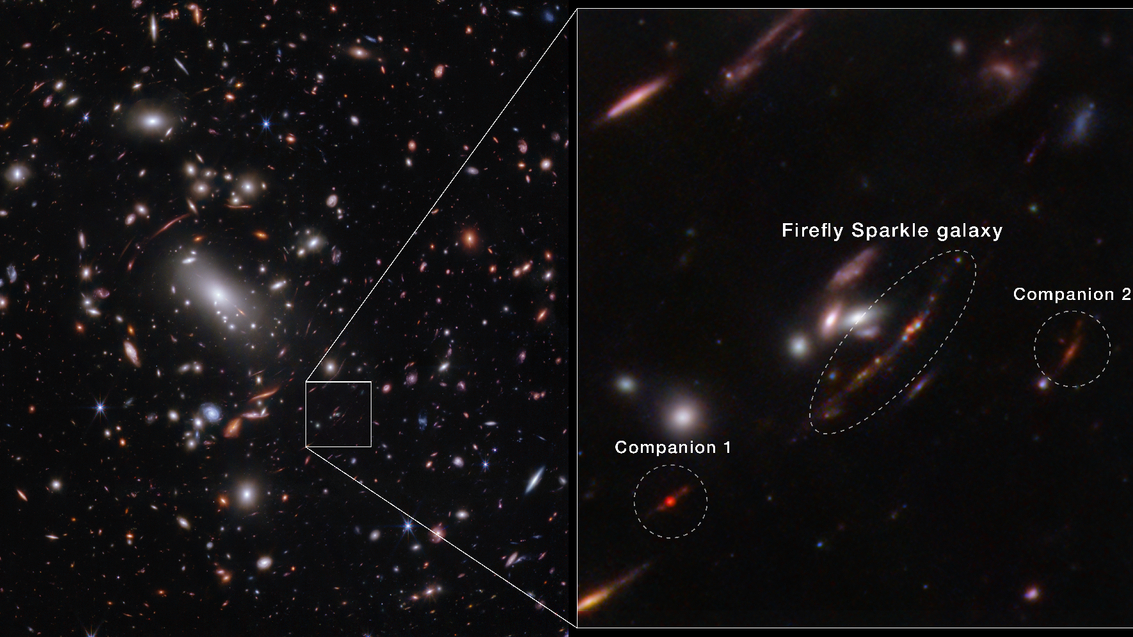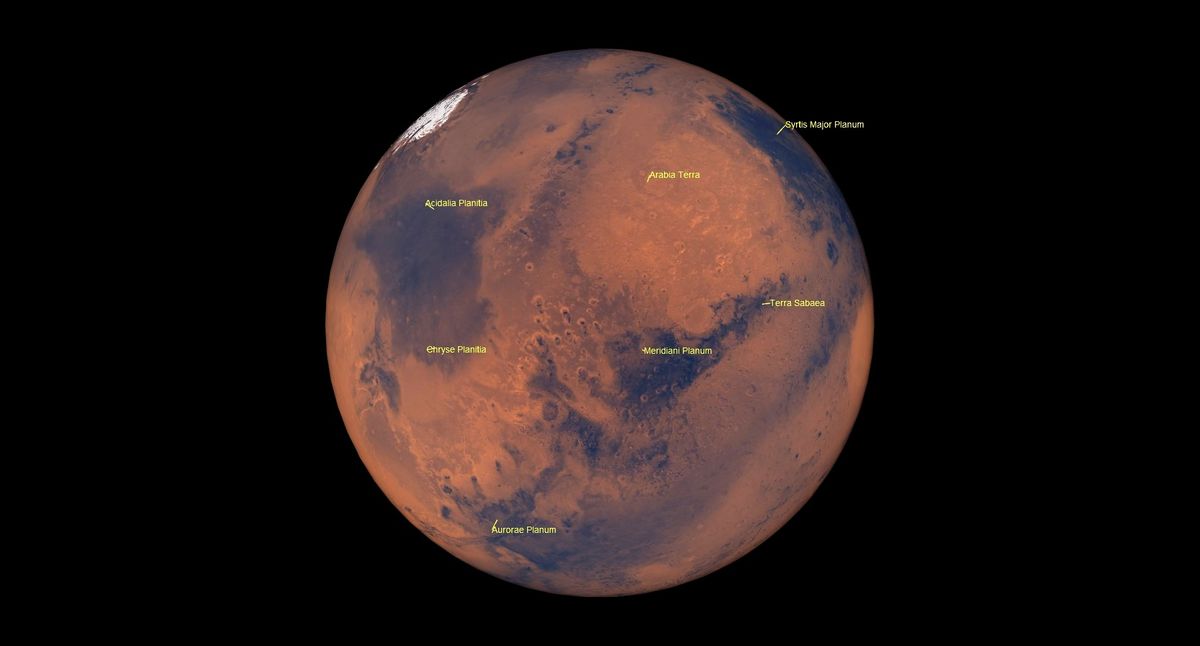A relic galaxy has been uncovered from the early universe, revealing new clues about what our own galaxy, the Milky Way, may have looked like billions of years ago.
In new images from NASA’s James Webb Space Telescope, the galaxy appears as a long, warped arc teaming with star clusters that resemble a swarm of lightning bugs on a warm summer night. The dazzling appearance has earned this cosmic structure the nickname “Firefly Sparkle Galaxy.”
Using computer modeling, researchers “weighed” the galaxy, showing that it has a mass similar to what the Milky Way’s mass might have been at the same stage of development 600 million years after the Big Bang. Other galaxies discovered to date from a similar time period have been much more massive, according to a statement from NASA.

“I didn’t think it would be possible to resolve a galaxy that existed so early in the universe into so many distinct components, let alone find that its mass is similar to our own galaxy’s when it was in the process of forming,” Lamiya Mowla, co-lead author of the study and an assistant professor at Wellesley College in Massachusetts, said in the statement. “There is so much going on inside this tiny galaxy, including so many different phases of star formation.”
With the help of a natural phenomenon known as gravitational lensing whereby a foreground object acts a magnifying glass, the JWST revealed that the glimmering Firefly Sparkle galaxy has two companions, which together comprise the Galaxy Cluster MACS J1423. These two neighboring companion galaxies have a great influence on how the Firefly Sparkle galaxy forms and builds mass over time, according to the statement.
“Most of the other galaxies the JWST has shown us aren’t magnified or stretched, and we are not able to see their ‘building blocks’ separately,” Mowla said in the statement. “With Firefly Sparkle, we are witnessing a galaxy being assembled brick by brick.”
Given the galaxy’s elongated, stretched appearance, researchers were able to identify 10 distinct, twinkling star clusters, which are the main source of light emanating from the galaxy. These star clusters are represented in varying shades of pink, purple, and blue in the new JWST images. This signifies different stages of star formation, underscoring the galaxy’s staggered evolution.
“This galaxy has a diverse population of star clusters, and it is remarkable that we can see them separately at such an early age of the universe,” Chris Willott, co-author of the study and researcher from the National Research Council of Canada’s Herzberg Astronomy and Astrophysics Research Centre, said in the statement. “Each clump of stars is undergoing a different phase of formation or evolution.”
The Firefly Sparkle Galaxy will continue to evolve as it is orbited by its two very close companions, which, during each pass, causes more gas to condense and cool to form new star clusters. These interactions not only help the Firefly Sparkle Galaxy grow and gain mass, but could ultimately lead to the demise of the two smaller galaxies, which could be consumed in a galactic merger — and we may just be catching this action live, thanks to the advanced capabilities of the JWST, the researchers said.
Their findings were published Dec. 11 in the journal Nature.









Leave a Comment